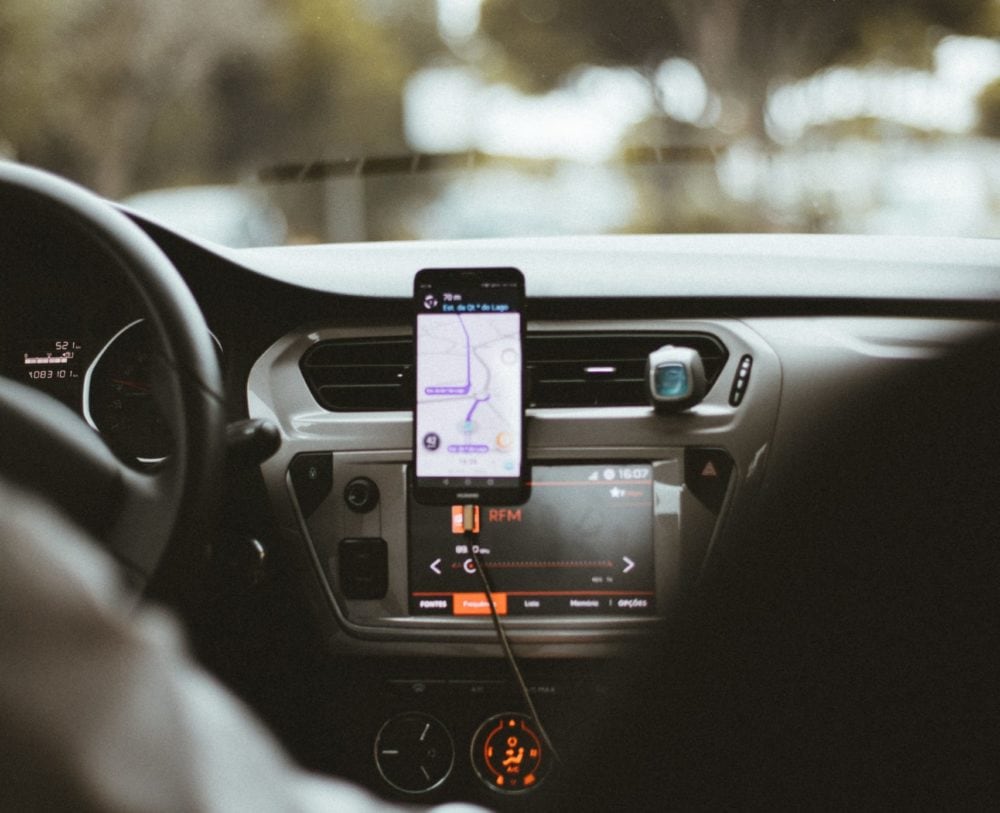Lifestyle
What Does the Future of Rideshare Look Like?
Public transportation and cities have always gone hand in hand, and the year 2020 has certainly shifted the way we get around, both within our cities and—for those who have continued traveling this year—beyond them. One mode of transportation, ridesharing—though it’s technically not public but more communal—has seen a drastic change this year, leaving many to wonder what comes next.
Maximus headquarters is based out of San Francisco, which was not only the birthplace of rideshare apps Uber and Lyft—it’s been a prime spot for their continued success. Despite shutdowns and changes to the economy, rideshare seems destined to prevail, but may look a little different in the years to come.

How We Got Here
In the 2010s, Uber, Lyft and a couple of lesser-hailed competitors revolutionized the ridesharing industry by letting us order rides with a few taps on our phone. These convenient taxi alternatives combined our need for convenience with on-demand service through the ever-optimizing tech industry.
Over the last decade, rideshare apps have only gotten more popular. By 2018, they had claimed a staggering 30% of the business traveler ground transportation market from taxis and rental cars—each. And that’s just business usage. People utilize rideshare services in lieu of owning a car, as an alternative to designating a driver for a night out, heading to and from the airport for personal travel, and beyond.
In cities lacking adequate public transportation infrastructures—Los Angeles, for example—you might have seen more ridesharing vehicles on the road than passenger cars at any given time. It’s not just cars, either. Electric scooter companies Bird and Lime—among others, including Uber and Lyft—became popular alternatives for getting around in urban areas, gaining in popularity (and public complaints) starting in 2018. Before scooters—which have the benefits of no docking stations and require little physical exertion to ride—there were rideshare bicycles, which can be rented, ridden, and docked at different stations throughout the city. In the U.S., Portland, New York City, and San Francisco are among the biggest hubs for rideshare bikes.

Slowed But Not Stopping
With COVID-19 impacting where, how and how often we commute, 2020 has been a test for rideshare services. While their future looked unclear for a moment, the Occupational Safety and Health Administration (OSHA) has since released a set of guidelines for riders and drivers. Factoring those in, alongside CDC and local health recommendations, Lyft and Uber released their own set of safety guidelines and promises to keep ridesharing as safe and reliable as ever.
In addition to public safety concerns, 2020 has thrown some legislative curveballs at the rideshare industry. While ridesharing may have been intended for and marketed to the gig economy—flexible hours, additional income, easy to start as long as one has a car and a smartphone—it’s evolved into something more. It should come as no surprise that, given the market share earned over taxi services, former taxi drivers and other drivers have turned a “flexible gig” into a full-time job.
In November 2020, California voters voted to pass Prop 22, allowing companies like Uber and Lyft to continue classifying their drivers as independent contractors, rather than employees. However…given ongoing lawsuits and a California appeals court decision just prior to the November vote, we haven’t seen the end of this conversation. If Prop 22 is challenged, we might see increased fares and fewer available cars at a time—but likely nothing to deter app users from continuing to use these services. What happens in California will likely set a precedent for other states—especially those with major cities.
The Road Ahead
Rideshare—which has made getting around more convenient than ever, provided jobs and supplemental income to tens of thousands of people—will continue to drive cities, as we adapt to temporary changes in society and well into the future. Especially for those without cars, the 24/7 availability and [relative] reliability of rideshare services makes everything from getting to and from the airport to grocery shopping to commuting to work easier. Once the world returns to some semblance of “normal,” we expect to see an uptick in their usage.
As for the perhaps not-so-distant future, we’ll see a shift to eco-friendly rideshare options: hybrids and alternative-fuel vehicles leading the charge to reduce emissions while adding more cars to the roads. And our futuristic current reality will start including more self-driving cars. Already rolling out in testing phases in select cities, Lyft and Waymo (owned by the Google parent company Alphabet) are working to make this happen sooner rather than later.
What does a self-driving fleet mean for customer loyalty (as of 2019, the majority of Americans were skeptical or afraid of self-driving vehicles) and job creation (driverless cars = fewer jobs for human drivers)? We’ll have to wait and see.
share story
